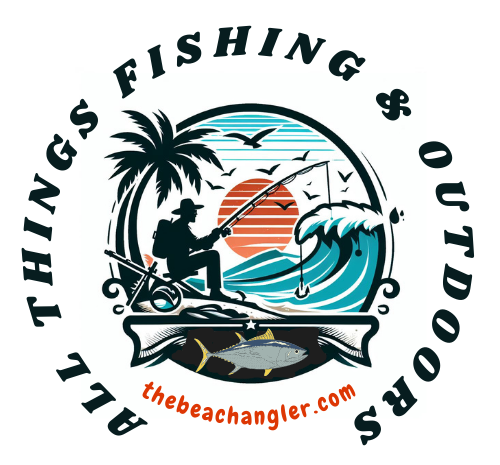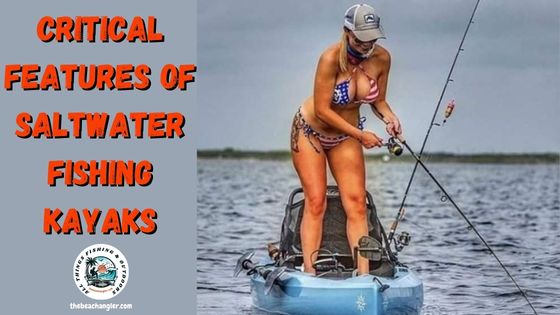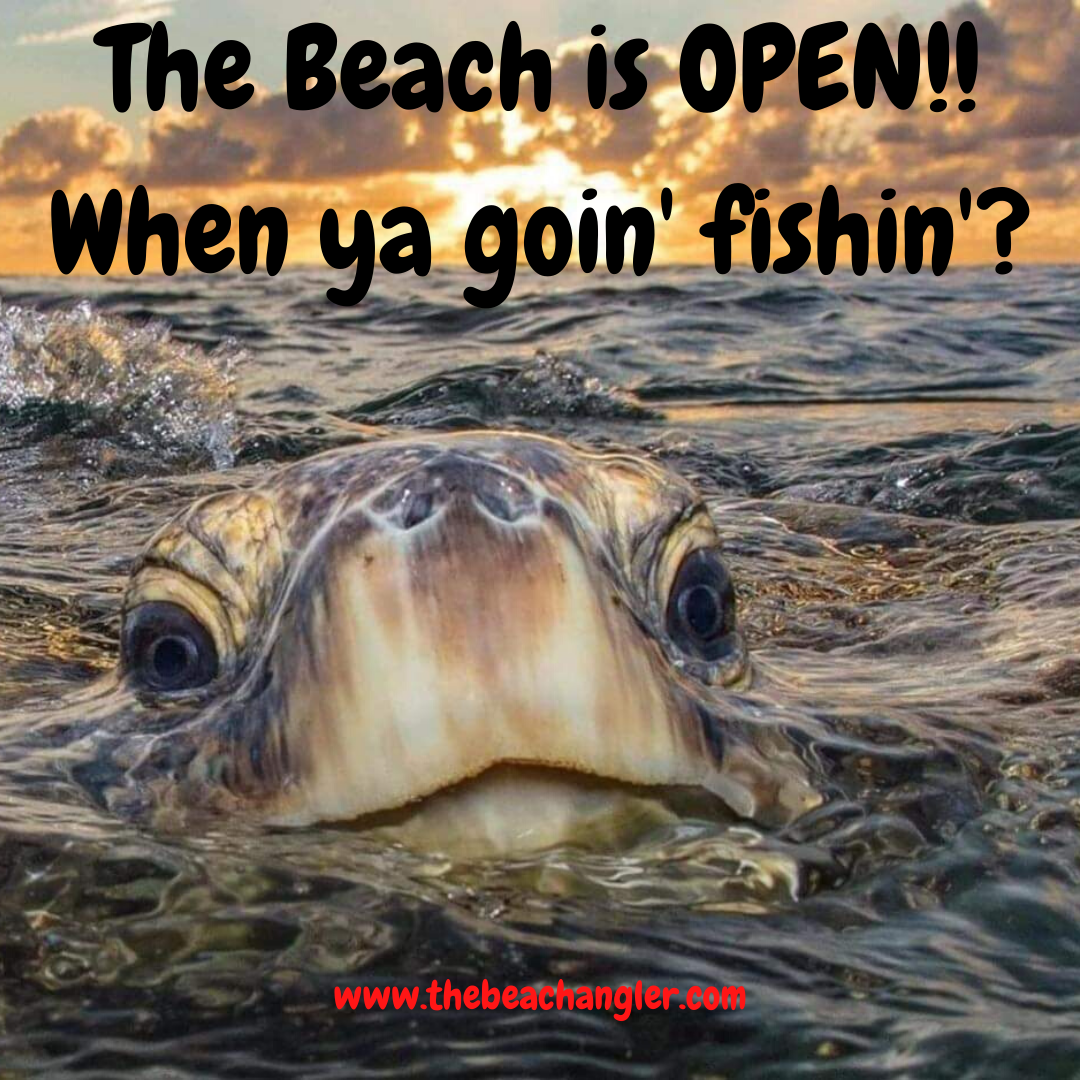When you’re hitting the saltwater for some serious fishing, your saltwater fishing kayaks need to be up to the task. This isn’t about just floating around – it’s about durability, stability, and functionality. Here’s what you need to think about before dropping your cash on a new fishing rig:
- Material: Saltwater is tough and can be very corrosive. Your kayak should be made of materials that can stand up to the harsh environment. Rotomolded polyethylene and fiberglass are top choices because they’re super tough and resistant to corrosion.
- Stability: The ocean can be unpredictable. Choppy waters and waves are the norm. Look for a kayak that’s stable enough to keep you upright when the water gets rough. This is not the time to skimp – a stable kayak makes for a safer and more enjoyable fishing experience.
- Storage Space: Fishing means gear – lots of it. Tackle boxes, live wells, coolers, rods, the list goes on. Your kayak needs ample storage. You’ll want space for all your essentials without making the kayak feel like it’s sinking.
- Seating Comfort: You’ll be out on the water for hours. A comfy, ergonomic seat is essential. If your back starts to hurt or you’re constantly shifting to find a good position, it’s going to ruin your experience. Look for adjustable seats with good padding.
- Weight Capacity: Your kayak should comfortably hold not just your weight, but also all your gear. Make sure to check the weight capacity to ensure it’s sufficient for what you plan to carry. Too much weight can affect stability and performance.
- Pedal vs. Paddle: Hands-free fishing is a game-changer. Pedal kayaks let you fish while you move, but they’re pricier. Paddle kayaks are traditional, require more physical effort, and are generally more affordable. Think about your fishing style and budget when choosing.
- Length and Width: Size matters. Longer kayaks tend to be faster but might be harder to turn. Wider kayaks offer more stability but can be slower through the water. Consider where you’ll be fishing and your preference for speed vs. stability.
- Rod Holders and Accessory Mounts: Rod holders keep your fishing rods secure and accessible. Check if the kayak comes with built-in rod holders or if you can customize it to your needs. This can make your fishing trips more organized and enjoyable.
Tips for Choosing the Right Length and Width for Saltwater Fishing Kayaks
The dimensions of saltwater fishing kayaks play a crucial role in its performance out on the water. Both length and width affect speed, stability, and maneuverability, so finding the right balance is key.
- Length: Longer kayaks usually mean more speed. If you’re planning on covering larger areas or going offshore, a longer kayak cuts through water more efficiently. They tend to track straighter too, making them great for open water. However, longer kayaks can be tougher to transport and maneuver in tight spots.
- Width: Wider kayaks offer better stability, which is a big deal in saltwater fishing where choppy conditions are common. The downside is that they can be slower and might feel a bit clunkier when you’re paddling. The tradeoff for stability is usually worth it if you’re planning to fish in rougher waters or need to carry a lot of gear.
- Finding Your Sweet Spot: Think about where you’ll be doing most of your fishing. If you’re in open waters or need to cover distance quickly, lean toward a longer, narrower kayak. If stability is a must, and you’re not worried about speed, a shorter, wider kayak could be your best friend. A lot of anglers find a happy medium somewhere in between—long enough for decent speed, wide enough to feel stable and secure.
- Consider Your Experience: New to kayak fishing? You might value stability over speed initially, so a wider kayak can help you feel more confident. Seasoned veteran? You might prioritize speed and maneuverability, leaning toward a longer, sleeker design.
- Try Before You Buy: Whenever possible, test out different sizes. Many retailers offer demo days where you can get a feel for different kayaks. This hands-on experience is invaluable, helping you understand what feels comfortable and performs well for you.
Choosing the right length and width is about balancing your specific needs on the water. Take these tips to heart, and select a kayak that offers the best of both worlds for your saltwater fishing adventures.
Choosing a Comfortable Seat for Your Saltwater Fishing Kayaks
A long day on the water chasing fish requires a comfortable seat. It might sound like a minor detail, but believe me, seating can make or break your saltwater fishing adventure.
- Ergonomic Design: An ergonomic seat is crucial for those marathon fishing sessions. Look for seats with good lumbar support. Adjustable seats are a plus; you can tweak them for the perfect angle, ensuring you stay comfortable for hours.
- Padding and Materials: The padding on your kayak’s seat should be top-notch. Dense foam is ideal because it cushions without flattening out over time. Breathable materials are also a good idea. They help keep you cool, especially on those hot summer days.
- Adjustability: Seats that can be adjusted in height and angle provide a more personalized fit. Some high-end models allow you to raise the seat for better visibility and lower it for more stability while paddling. This flexibility can significantly enhance your comfort.
- Ventilation: Nothing’s worse than a sweaty back. Seats designed with mesh or other breathable materials allow for better airflow. This feature is often overlooked, but it’s a game-changer for maintaining comfort during long trips.
- Durability: Saltwater is tough on gear, and your seat is no exception. Look for seats that are made from corrosion-resistant materials. Stainless steel hardware and UV-resistant fabrics can help extend the life of your kayak seat.
- Ease of Installation and Removal: Sometimes you’ll want to take the seat out, whether for cleaning, transporting, or swapping it for a different model. Seats that are easy to install and remove will save you time and hassle.
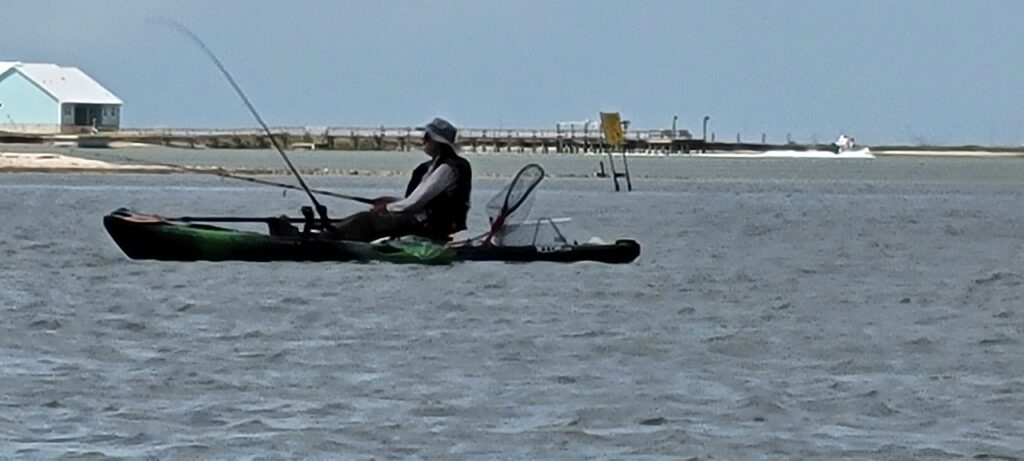
Choosing the right seat can elevate your entire fishing experience. Make comfort a priority, and you’ll be able to focus on what really matters: catching fish. Investing in a high-quality, ergonomic, and durable seat is well worth it for the improved comfort and enjoyment on the water.
Pedal vs. Paddle Kayaks: Which Is Better for Saltwater Fishing?
When it comes to saltwater fishing kayaks, choosing between a pedal-driven and a paddle kayak doesn’t have to be a headache. Both types have their perks, depending on your fishing style and needs.
Pedal Kayaks: These are the cool kids on the block. Pedal kayaks let you fish hands-free, which is a massive advantage when you’re trying to reel in a big one or need to maneuver while holding your gear. They’re generally faster and allow you to cover more ground without exhausting your arms. Perfect for long-distance fishing or when you want to focus more on fishing and less on paddling.
Paddle Kayaks: Paddle kayaks are the classic choice. Sure, they need more elbow grease, but they’re simpler and usually lighter. You won’t have to worry about mechanical issues or charging a battery. They’re great for navigating tight spaces or shallow waters where a pedal system might get in the way. Plus, they’re more affordable, making them a popular choice for beginners and those on a budget.
Choose based on your needs. Think about where and how you’ll be fishing. If you’re all about covering large areas and staying hands-free, a pedal kayak might be your best bet. If you prefer a more traditional approach, enjoy the physical aspect of paddling, or fish in smaller, intricate bays and backwaters, then a paddle kayak could be your go-to.
Consider your budget, the type of fishing you do, and the waters you’ll be navigating. The right kayak for you is the one that aligns best with your fishing adventures.
Top 5 High-Quality Saltwater Fishing Kayaks
There are a lot of choices out there when it comes to picking the perfect saltwater fishing kayaks. But if you’re looking for quality, durability, and performance, these five models are at the top of the game.
Hobie Mirage Pro Angler 14
Overview: The Hobie Mirage Pro Angler 14 is a beast of a kayak. It’s equipped with the pedal-driven MirageDrive system, making it a favorite among serious anglers.

| Pros | Cons | Best For |
|---|---|---|
| With its excellent stability, hands-free pedal power for easy fishing, and ample storage space, it’s hard to beat. | It’s on the heavier side and comes with a hefty price tag. SEE PRICING & REVIEWS | This kayak is perfect for those who demand the best and want a high-performance kayak for serious saltwater fishing. |
Old Town Sportsman Autopilot 120
Overview: Old Town has taken kayak fishing to another level with the Autopilot 120, and can be powered by Minn Kota’s motorized system.
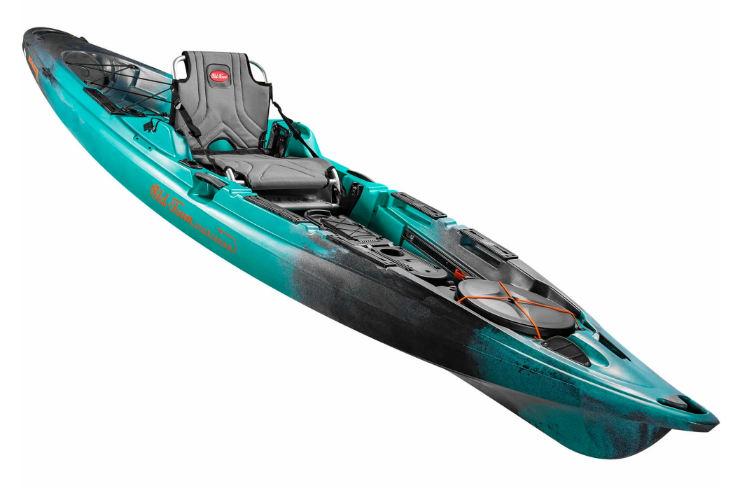
| Pros | Cons | Best For |
|---|---|---|
| Optional motorized control, GPS integration, and exceptional stability make it ideal for covering large areas without breaking a sweat. | The only downside is the price and the need to keep the battery charged. SEE PRICING & REVIEWS | Anglers who want top-notch motorized control and the convenience for long fishing trips. |
Perception Pescador Pro 12.0
Overview: The Perception Pescador Pro 12.0 is a solid choice for both beginners and experienced anglers, offering a budget-friendly option without sacrificing performance.

| Pros | Cons | Best For |
|---|---|---|
| It’s affordable, with comfortable seating and good stability. Great for those just starting out or on a tight budget. | It lacks advanced features like a pedal drive or motor, but that’s to be expected at this price point. SEE PRICING & REVIEWS | Budget-conscious anglers looking for reliability and solid performance in saltwater conditions. |
Vibe Sea Ghost 130
Overview: The Vibe Sea Ghost 130 is all about balance – between performance and affordability, offering a lot without breaking the bank.
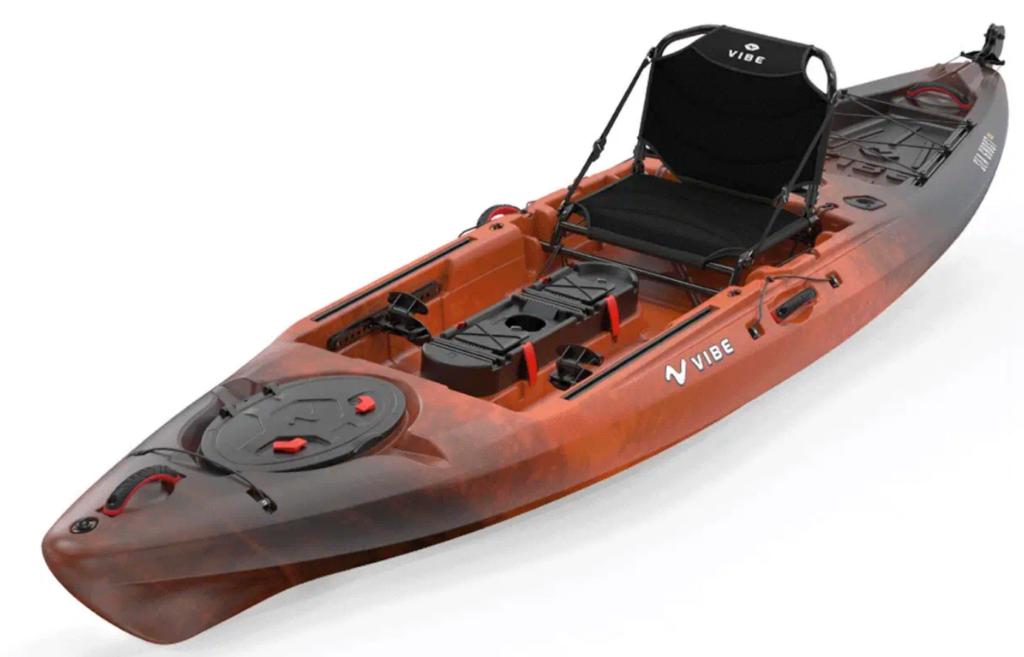
| Pros | Cons | Best For |
|---|---|---|
| Incredible value, decent storage, and it stays stable even in rough waters. Built-in rudder control ensures better tracking. | It’s a bit on the heavy side, making it harder to transport. SEE PRICING & REVIEWS | Anglers who want a good mix of quality, features, and budget-friendliness. |
Wilderness Systems A.T.A.K. 140
Overview: The Wilderness Systems A.T.A.K. 140 is designed with open waters in mind, offering superb stability and customization options.

| Pros | Cons | Best For |
|---|---|---|
| Unmatched stability, fully customizable with room for plenty of accessories, and ideal for rough waters. | It’s quite heavy and long, which can make transportation a bit of a hassle. SEE PRICING & REVIEWS | Experienced anglers who fish in more challenging saltwater environments, looking for a sturdy and highly customizable kayak. |
9 Essential Accessories for Saltwater Fishing Kayaks
A good kayak is just the start. To make the most of your saltwater fishing adventures, you’ll need the right accessories. Here’s a rundown of must-have gear to enhance your experience.
- Anchor Systems: Ever tried to fish while your kayak drifts away? Not fun. A reliable anchor system keeps your kayak steady, even in strong currents or windy conditions. Look for anchors that are compact, easy to deploy, and effective in various seabeds.
- Fish Finder: Spotting fish in saltwater is easier said than done. A fish finder can be a game-changer, helping you locate fish in deeper or murkier waters. Invest in a quality fish finder with good screen visibility, even under direct sunlight.
- Tackle Storage: Staying organized on the water is crucial. Use tackle trays and waterproof bags to keep your gear sorted and dry. Look for modular storage solutions that fit easily into your kayak’s compartments.
- Safety Gear: Safety should be a top priority. A life jacket is non-negotiable. Add whistles, GPS devices, and a first-aid kit to your list. Make sure your life jacket is comfortable and allows for a full range of motion. A bilge pump can also be handy if you take on water.
- Rod Holders: Keeping all your rods in place and accessible makes a big difference. Built-in rod holders or customizable options can help keep things tidy and within reach, so you can focus on fishing rather than fumbling.
- Deck Mounts: If your kayak doesn’t come with enough rod holders, deck mounts are a solid solution. These can be installed in various locations to customize your setup. They’re versatile and can often hold different types of fishing rods. Plus, you can adjust their placement based on your fishing style.
- Crate Systems: Another popular choice is using a crate system with rod holders attached. These can be placed in the rear storage area of your kayak, providing multiple rod slots and additional storage for tackle and other gear. They’re easy to remove and transport, adding another layer of convenience.
- Articulating and Swivel Mounts: Flexibility in rod positioning can be a real game-changer. Articulating mounts allow you to adjust the angle of your rods, which can be crucial for trolling or keeping lines from tangling. Swivel mounts offer even more flexibility, letting you rotate the rod to find the perfect angle on the go.
- DIY Options: If you’re handy, the DIY route can save you money and allow for full customization. PVC pipes, zip ties, and a bit of creativity can turn basic materials into a functional rod-holding system tailored to your exact preferences.

Having the right accessories can transform your kayak fishing from a chore to a breeze. Invest in quality, stay organized, and always prioritize safety.
Tips for Maintaining Your Saltwater Fishing Kayaks
Good saltwater fishing kayaks are an investment, and like any investment, it needs some care to ensure it lasts. Here are key tips to keep your saltwater fishing kayak in tip-top shape.
- Cleaning After Every Trip: Saltwater can be brutal on your kayak. After each outing, give your kayak a thorough rinse with fresh water. Pay special attention to metal parts and moving components to wash off any salt residues that can cause corrosion and wear.
- Storage Tips: How you store your kayak is just as important as how you use it. When not in use, keep it out of direct sunlight to prevent UV damage. Store it upside down or on its side to avoid deforming the hull. If you have space, consider a suspension system to elevate it off the ground.
- Inspecting for Damage: Regular inspections can save you from future headaches. After each trip, check your kayak for any cracks, holes, or wear, especially along the hull and around hardware like rudders and pedals. Address any minor damages quickly to prevent them from turning into bigger issues.
- Applying Protectants: Using a UV protectant spray can help shield your kayak from harmful rays and extend its life. These sprays are easy to apply and can make a big difference in maintaining the integrity of your kayak’s material.
- Maintaining Hardware: Don’t forget about maintaining the smaller parts. Apply lubricant to your pedals, rudders, and any other moving parts to keep them functioning smoothly. If you notice rust on any metal components, address it immediately to keep things in working order.
- Securing During Transport: When transporting your kayak, secure it properly to avoid damage. Use padded roof racks, straps, and additional cushioning if needed. A poorly secured kayak can move around, leading to scratches, dents, or worse.
By following these maintenance tips, you’ll keep your saltwater fishing kayaks in great condition, ensuring many successful fishing trips to come. Your kayak deserves some TLC to stay seaworthy and reliable.
7 Important Safety Tips for Saltwater Kayak Fishing
Your action-packed day out on the water should also be a safe one. It’s easy to get caught up in the thrill of fishing, but safety should always be top of mind. Here’s how to make sure you stay safe while you’re reeling in the big ones.
- Wear Your Life Jacket: Always wear a life jacket, no exceptions. Make sure it fits properly and is comfortable enough to wear all day. Modern life jackets offer freedom of movement and come with plenty of pockets for handy storage.
- Check Weather and Tides: Before heading out, check the weather forecast and tide schedules. Sudden weather changes can be dangerous, especially out at sea. Apps and local marine forecasts can provide up-to-date information to keep you informed.
- Use a Leash: Everything that can be tethered should be. Your paddle, fishing rods, and any other valuable gear should be secured with a leash to prevent them from being lost overboard.
- Carry a Communication Device: Always have a way to call for help. A waterproof VHF radio or a cell phone in a waterproof case can be lifesavers in emergencies. Let someone know your plans and expected return time too.
- Know Your Limits: Don’t push it. Understand your physical limits and the capabilities of your kayak. If the water conditions look too rough or you’re feeling unsure, it’s okay to call it a day. Safety first.
- Pack Emergency Supplies: Keep a dry bag with emergency supplies such as a first-aid kit, whistle, multi-tool, and some high-energy snacks. These can be invaluable in unexpected situations.
- Stay Visible: Make sure other boats can see you, especially in low-visibility conditions. Bright clothing, a flag, and reflective gear can help you stay visible and safe.
Remember, the best fishing trip is a safe one. By taking these precautions, you’ll not only protect yourself but also ensure that your kayak fishing adventures are all about fun and making great catches. And, keep in mind that when choosing saltwater fishing kayaks, it’s about what fits best with your fishing style, and budget. You don’t have to break the bank to find a high-quality kayak.
As always, stay safe, enjoy the journey and please try to leave it cleaner than you found it. If you have any comments, questions, ideas, or suggestions please leave them in the comment section below and I’ll get back to you ASAP. You can follow us on Facebook: Rex The Beach Angler, Instagram: thebeachangler7, Twitter: @AnglerBeach, and YouTube: Man Art Creations.
Check Out These Recent Articles
- Tips And Tactics For Saltwater Fishing With Spoons
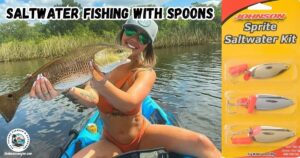
- What Is Sail Line Fishing And How To Use It?
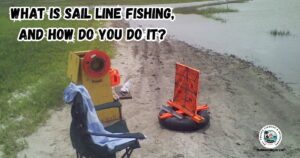
- 8 Tips on Wade Fishing The Flats For Redfish And Black Drum

- How The Wind Can Be Your Friend When Fishing Inshore Waters
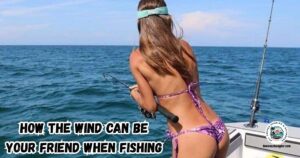
- 17 Emerging Trends In Saltwater Kayak Fishing
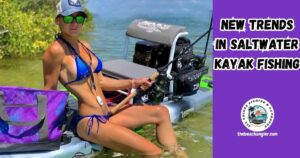
- Tips For Fishing In Different Weather Conditions
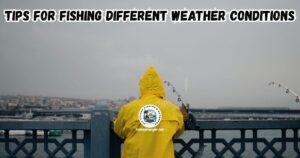
P.S. – Thanks so much for checking out our blog we really appreciate it. Just so you know, we may receive a commission if you click on some of the links that appear on our site. This helps us keep our content free and up-to-date for everyone. We appreciate your support!
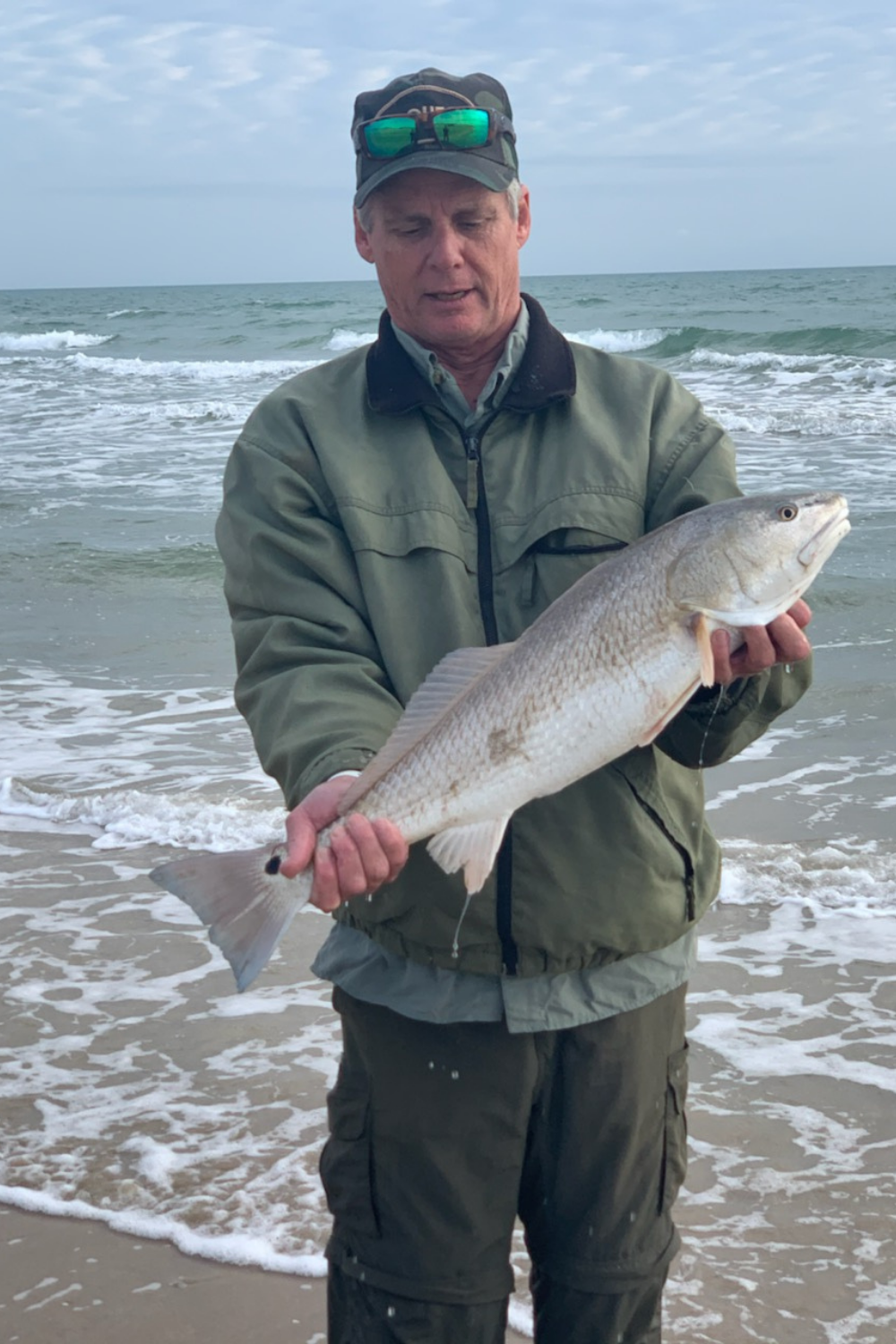
A life long surf fisherman with 50+ years of experience, I am also an avid hunter and outdoorsman. I will be sharing my passion for the outdoors with you so be prepared for hunting, fishing, camping, hiking and more. Along with gear reviews and the latest trends and innovations in the outdoor industry.
